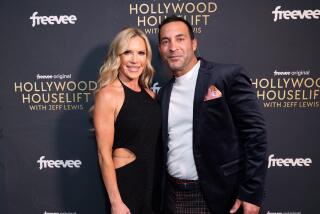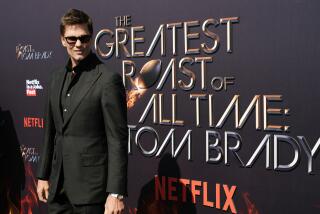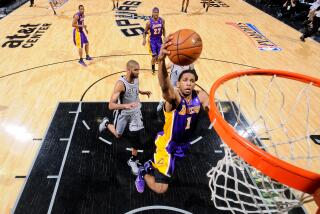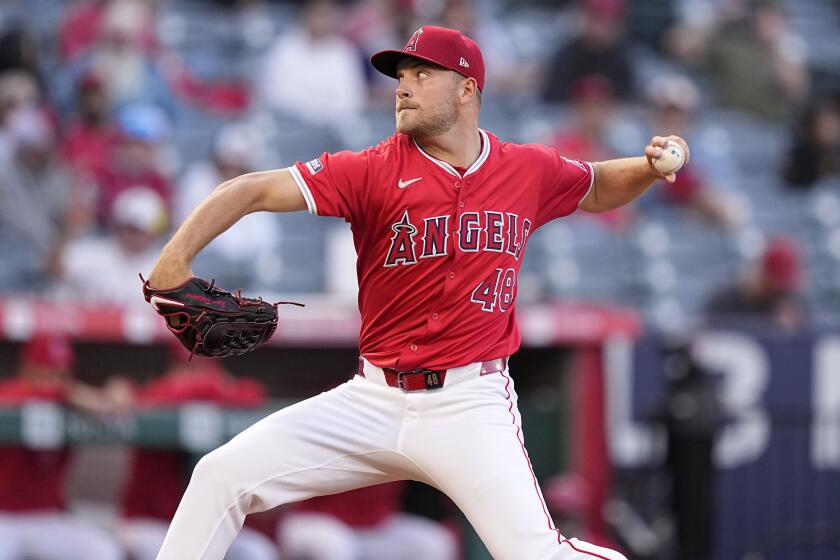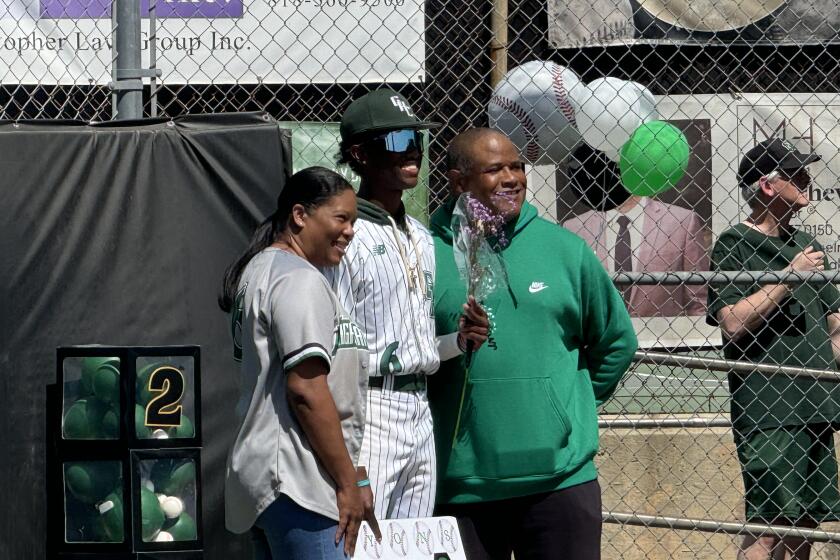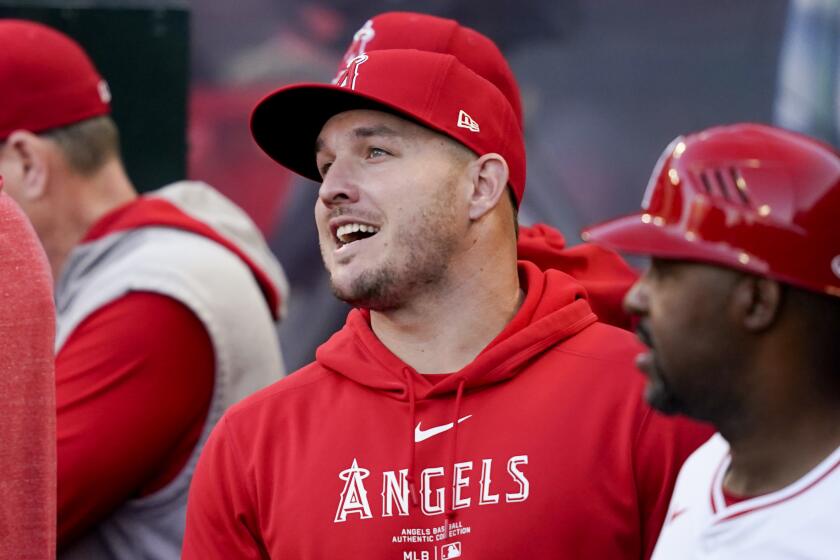Fore! : CBS producer/director faces the singular hazards of covering golf
Imagine televising a sport where the action is not confined to a limited area, with competition occurring simultaneously at different locations and fans so knowledgeable and concerned with fair play that they will call during a telecast to point out a rules infraction.
Those are the challenges facing Frank Chirkinian, the coordinating producer and director of CBS’ golf telecasts.
“In golf, there are no white lines of delineation, so as a consequence, golf is the most difficult sport to televise,” said Chirkinian, who has been producing and directing golf telecasts for CBS since 1958. “Nothing has the magnitude and degree of difficulty golf does. It’s kind of like being an amoeba, creating itself as it goes along.”
Chirkinian is at the Riviera Country Club in Pacific Palisades, overseeing final-round coverage of the $1,000,000 64th Los Angeles Open (1:30-3 p.m., Sunday, KCBS). It is the final PGA tour event in California until November. Chirkinian and the CBS crew will move next to Miami for the Doral Open, which will air on the USA Network on Thursday and Friday and on CBS on Saturday and next Sunday.
“Riviera is one of the premier venues on the PGA tour,” Chirkinian said. “There’s a uniqueness about the course, because it’s the only course of the tour with kikuye grass. It makes playing conditions almost bizarre.”
(Kikuye grass, imported from Africa over 50 years ago to provide slope for Riviera’s polo fields, forces golfers to attempt different shots than on other surfaces.)
CBS will use 11 cameras to telecast the final nine holes-five to seven fewer cameras than ABC or NBC would use, according to Chirkinian-and a six-man announcing team led by Pat Summerall.
The field is scheduled to include the players of the year for the past two years, Tom Kite and Curtis Strange, and the past two Los Angeles Open champions, Mark Calcavecchia and Chip Beck.
The telecast is also scheduled to include a feature on a member of the tour’s “new breed,” and Ben Wright will take a look at a slice of golf’s history.
CBS’ golf coverage differs from the two other major networks by relying on broadcasters stationed on the course, rather than on “foot soldiers” following the tournament leaders.
“I found that the foot soldiers had the worst vantage point on the golf course,” said Chirkinian, who originated the foot-soldier concept. “People behind the green have a fair idea where the ball is and react better. We know what club the player is hitting with, and we transmit that to the viewers through our scoring and spotting system.”
Golf is the lone sport where television viewers can affect the outcome.
“You never hear fans from other sports as vociferously as golf fans,” Chirkinian said. “I don’t think there is another sport where a viewer will call and say a player violated a rule.”
On a tour where the season-long official purse has grown in excess of $45 million, such diligence can be costly to the golfers.
Craig Stadler was disqualified from the 1987 Shearson Lehman Bros. Andy Williams Open after several viewers called about his placing a towel under his knees while playing a stroke. Because Stadler did not assess himself a two-shot penalty under what was a new rule that year, it meant his score card was incorrect, costing him a share of second place and a $37,333.33 paycheck.
In the 1980 Tournament of Champions, Tom Watson was cited by a viewer for giving Lee Trevino advice. Watson was assessed a two-stroke penalty but still won the tournament. In the same tournament two years later, Ron Streck broke a branch off of a tree to clear his path. It was reported by viewers, and Streck was penalized two shots.
Chirkinian believes that the biggest change on golf telecasts was the advent of color, which CBS first used for the 1968 Masters. (Color came to the Los Angeles Open a year before, when Channel 9 broadcast the tournament’s final two days.)
“Going from black and white to color was an absolute revelation and revolution,” Chirkinian said. “Could you imagine watching the Masters or Pebble Beach in black and white? Color made people recognize and accept golf more than Arnold Palmer.”
More to Read
Get our high school sports newsletter
Prep Rally is devoted to the SoCal high school sports experience, bringing you scores, stories and a behind-the-scenes look at what makes prep sports so popular.
You may occasionally receive promotional content from the Los Angeles Times.
